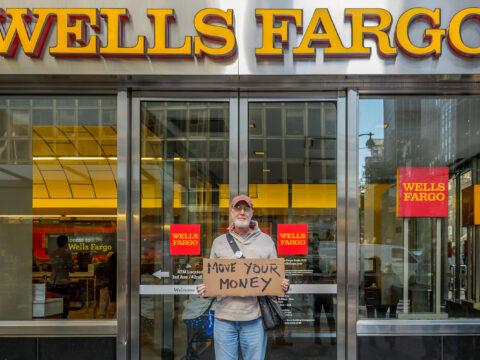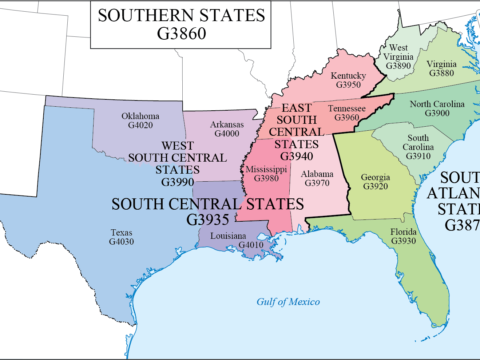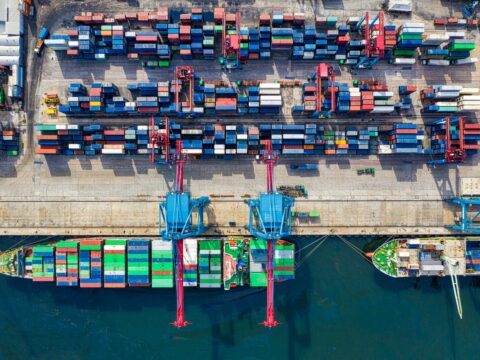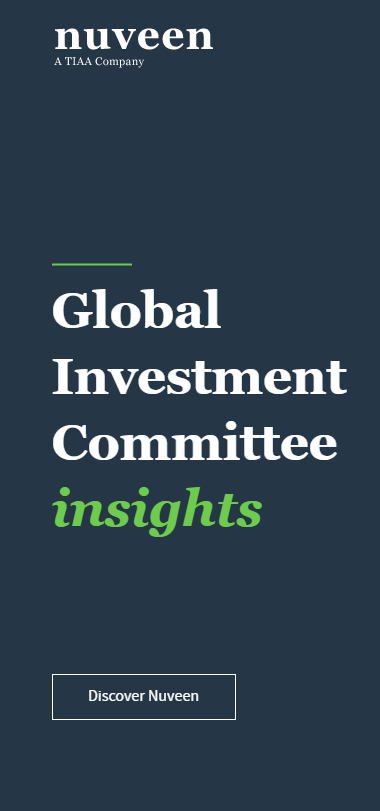
A portion of the article below was previously published on April 14, 2020.
April 17, 2020 – The investor community heaved a sigh of relief when the Federal Reserve announced on April 9 it was purchasing municipal debt.
Based on its public statements to-date, the Fed plans to utilize a $35B allocation from Treasury to establish a $500B direct loan program termed the Municipal Liquidity Facility (MLF). The loans would be available to between 70-80 of the nation’s largest issuers (all 50 states and large counties/cities), and have a maximum maturity of two years.
Based on industry chatter, the loans will be placed by issuers with the Fed at attractive yields, in the region of Treasury + 1 – 3% based on the issuers’ credit ratings.
In its first foray in directly supporting municipalities, the Fed has been careful to avoid choosing winners/losers in the muni market place, instead choosing to focus on boosting short-term liquidity.
States/localities face a cash crunch due to COVID lockdowns and in particular, the deferral of April income taxes by 60-90 days will severely test issuers and localities that have seen revenue streams dry up.
After a flurry of activity in the past week where dealers and issuers were seeking clarification from Fed officials, there is growing consensus that the MLF may not benefit many issuers directly. Some of the largest states in the nation may pass on utilizing the program altogether.
In the words of a Managing Director in a bulge bracket firm, the FEd “blotched its assistance (to municipalities) with a badly designed, ill-conceived program more appropriate for corporate issuers”.
In particular, there is consternation towards the Fed’s strategy to utilize states as the primary “conduit” borrower. This would, based on some dealers’ interpretation, result in states bearing the ultimate credit risk if locals default.
In some states like California and New Jersey, there isn’t a direct path to state treasurers to issue cashflow or deficit notes, and in some cases, notes will have to be repaid in the same fiscal year, which will hinder the cost efficiency of issuing such notes.
For New York State, the epicenter of the COVID crisis, the legislature has approved the issuance of long-dated bonds to fund budget deficit. For states with similar authority, some dealers felt the right course of action would be to lock in long-term financing while credit markets are open now, rather than kick the can down the road and worry about refinancing risk in 1-2 years. Rating agencies are likely to be more amenable with a permanent financing rather than a MLF-style short-term fix.
Disclaimer: dealers may benefit when underwriting contemplated long-term financings and, based on our current understanding of the MLF, will not benefit from MLF issuance as the notes are placed directly with the Fed.
So on the surface, while the MLF may have come across as a very sensible program for the McKinsey and Goldman Sach-types who run the Fed, for experienced municipal market practitioners, the short-term benefits may be limited. As previously noted by BuyMuni, the longer-term implications of the MLF may actually be extremely negative.
Public finance officials – the comptrollers, CFOs and financing chiefs of these United States – are fully aware the governmental entities they represent have manifold fiscal issues: weak budget outlooks stemming from an uncertain economic environment, long-term structural changes to real estate and consumer habits as a result of COVID-19 and exploding unfunded liabilities. Most municipalities don’t really need more debt, they need tax increases or expenditure cuts.
And yet, they are in all likelihood powerless to stop their CEOs or Governors from tapping the MLF to plug budget holes and then some. In two years, the elected officials will be gone and the CFOs will be left holding the bag.
Or rather, the taxpayers, who will be facing threats of default, (higher-than-needed) tax increases and millions of restructuring fees to be paid to the Morgan Stanleys and Jefferies of the world.
Moreover, how will States/Locals refinance $500B in cashflow borrowing in two years? Come 2022, there will be immense fire sales – to the detriment of issuers and broader structural stability of the market.
And don’t forget the big picture. Our market is extremely volatile because (1) the buyer base of municipal bonds is not as diversified as it should be and (2) many issuers are inflexible.
In the era of ESG, every portfolio manager and bond investor should want a large exposure to social-benefiting, lives-enriching infrastructure. Sadly, the muni market continues to be dominated by a coterie of bond funds. And when they bolt – as they did last month, in 2016 and 2011 – markets become frozen, schools do not get built and refunding savings wasted.
In order to attract a broader group of investors – corporations, foreign investors, even pension funds – issuers need to brace themselves to offer higher yields and innovative bond structures when markets dictate. The long-term reward for pricing and issuance flexibility is a broader investor base that imbues stability.
That’s what #Muniland needs – a broader investor base. Not a buyer of one.
Additional contribution by Marlene Jameson. Contact Lisa Lopez at LLopez@buymuni.com and Marlene Jameson at MJameson@buymuni.com.



